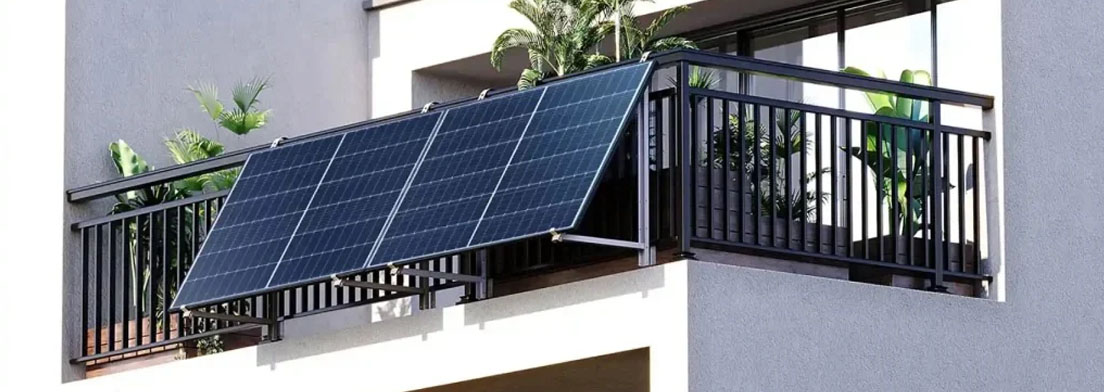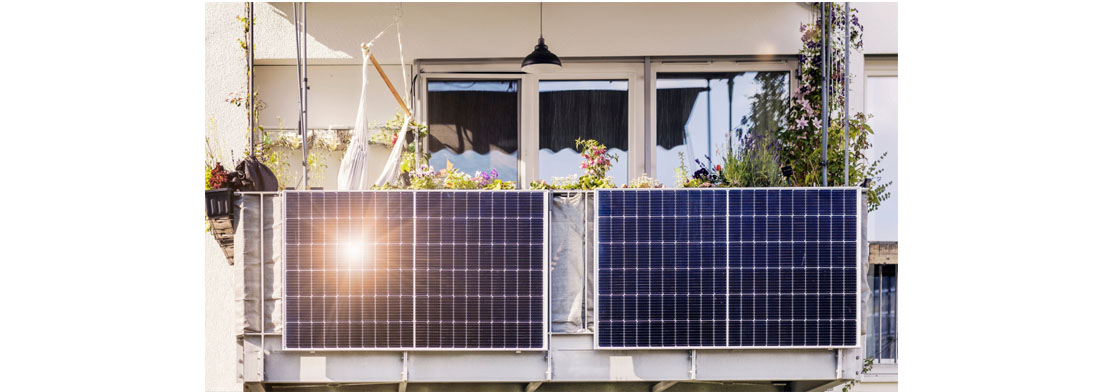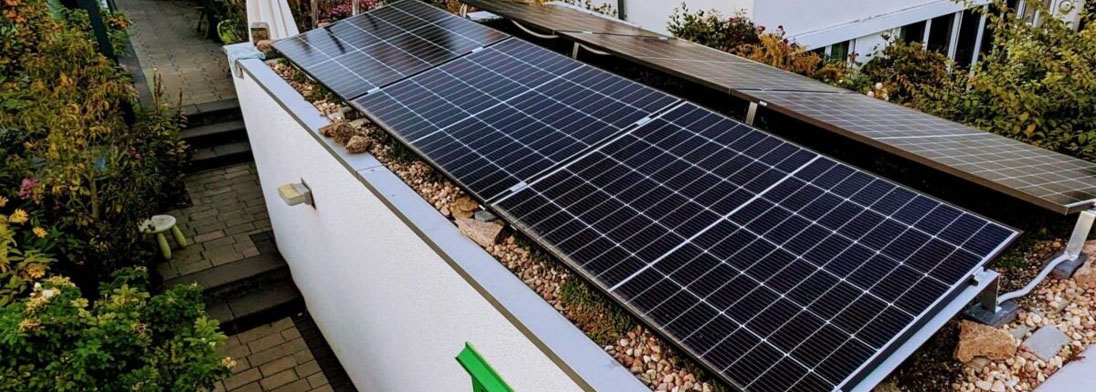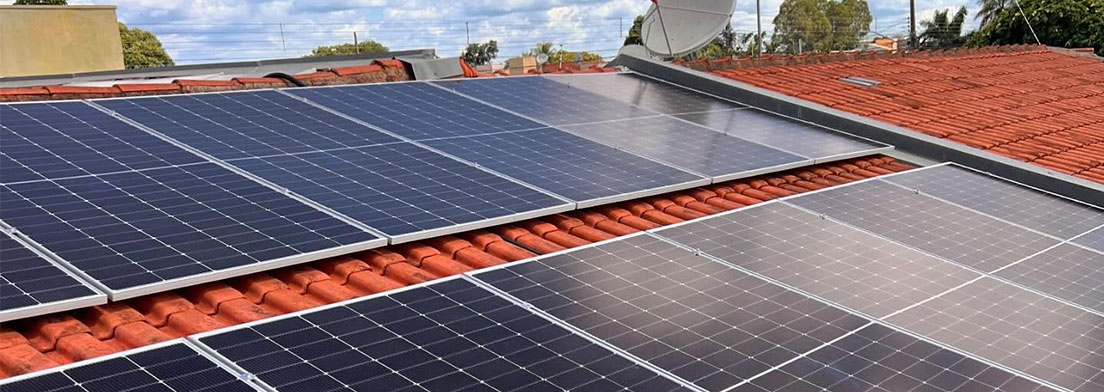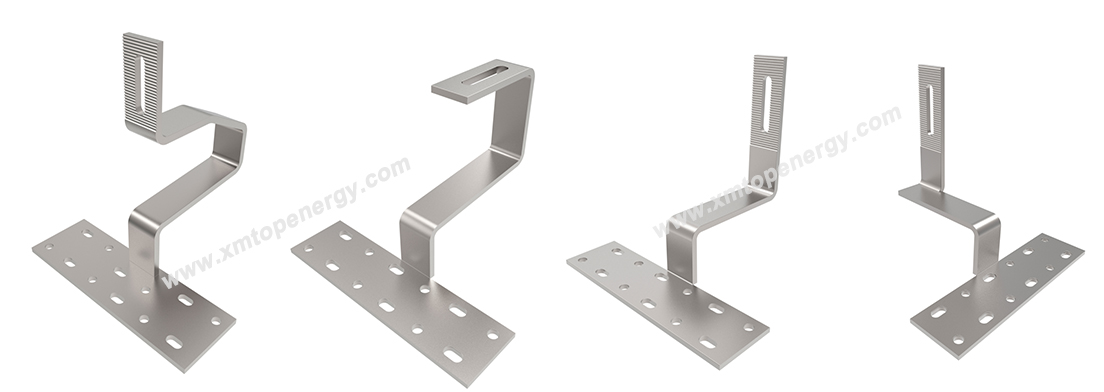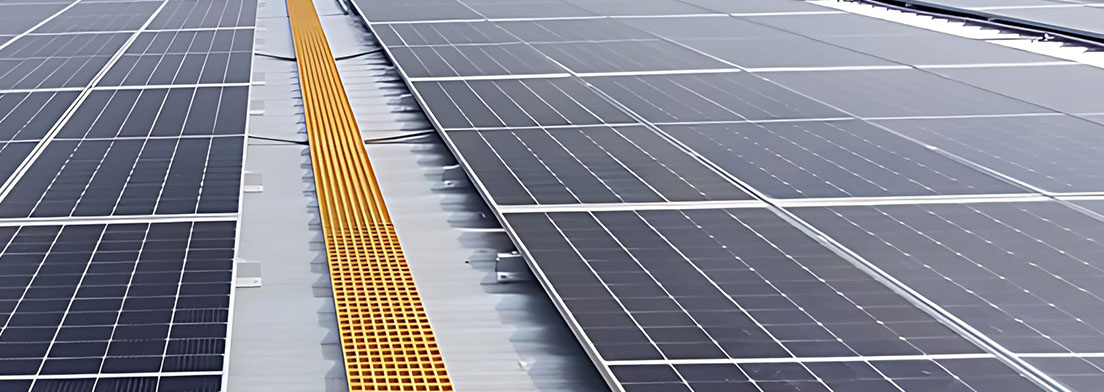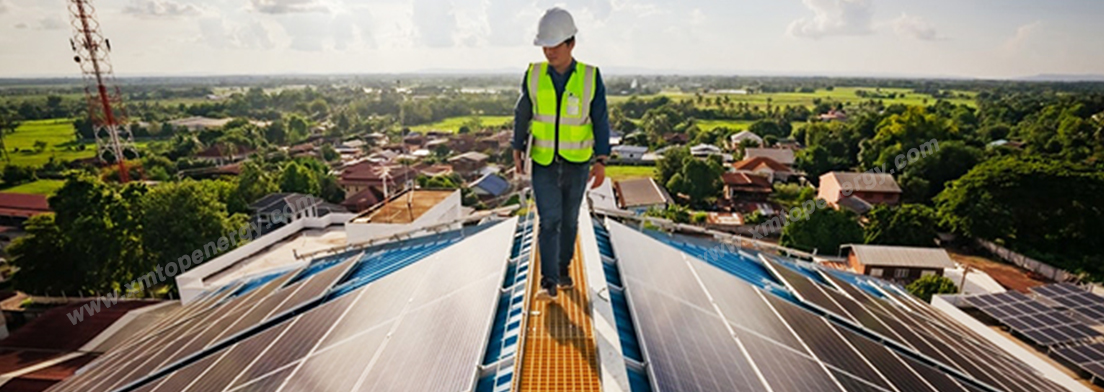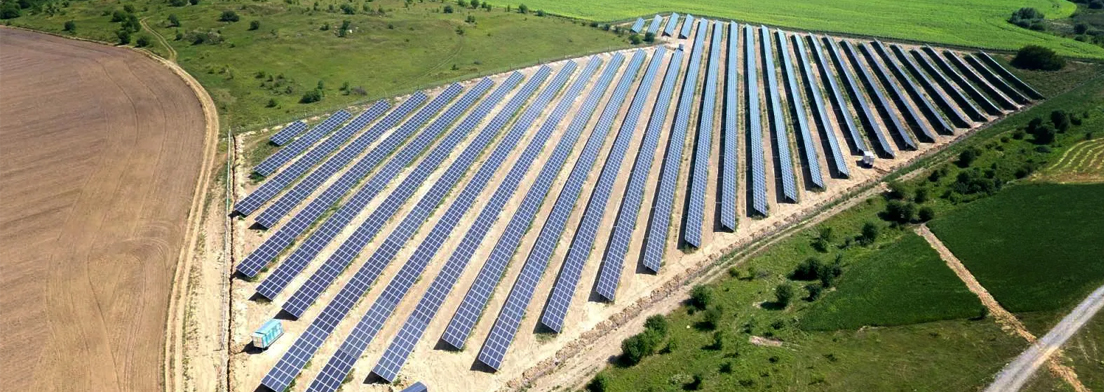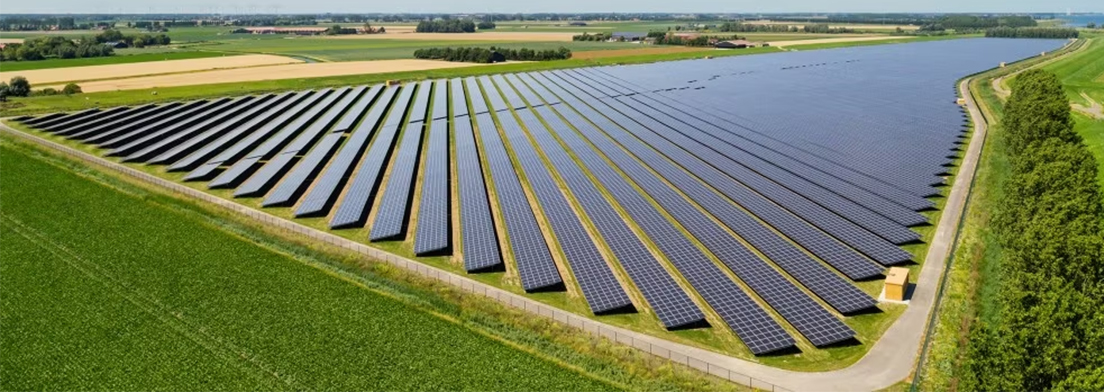Introduction
Plug-in solar photovoltaic (PV) systems are reshaping Europe's energy sector by simplifying installation and lowering adoption barriers. According to the latest SolarPower Europe report, Germany alone is expected to register over 780,000 systems by 2025, with actual installations possibly exceeding 4 million. This innovative technology benefits not only homeowners but also renters and low-income households, making it a key driver of energy democratization. In some European markets, plug-in solar can cover up to 25% of a household's annual electricity demand.
System Overview
Plug-in solar systems—also known as balcony solar, micro-PV, or plug-and-play solar—typically consist of 1 to 5 solar panels with a direct current (DC) capacity ranging from 400W to 2000W. Equipped with micro-inverters and standard plug cables, these systems can be directly connected to a household's grounded power socket, enabling users to set up their own energy source without professional installation.
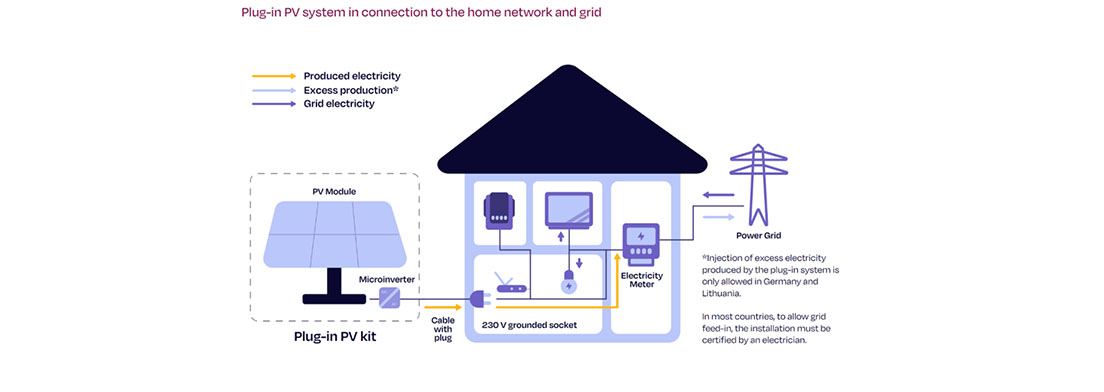
Key Features
Easy Installation – No professional assistance required, reducing technical and labor costs.
Versatile Applications – Suitable for both homeowners and renters, even those without roof access.
Self-Consumption Focused – Provides 100W to 300W of continuous base-load power and additional peak demand coverage. In some countries, excess power can be fed into the grid.

Market Trends: Germany Leading the Way
Germany: A Pioneer in Plug-In Solar
Explosive Growth: In 2024 alone, 435,000 new systems were installed, bringing total registered units to 780,000. The average system capacity increased from 800W in 2023 to nearly 1000W in 2024, contributing 2.6% of Germany’s 16.1GW new solar capacity.
Policy Innovations:
Solar Paket 1 – Simplifies the registration process with online reporting to the Federal Network Agency (MaStR).
Tenant Rights – The revised 2024 Rental Law grants tenants the right to install solar, prohibiting landlords from unreasonable denials.
Storage Integration – Small-scale storage systems (<5kWh) saw a 300% market growth from 2022 to 2023, with <2kWh units surging 24-fold.
Other European Markets: Diverse Approaches
While Germany leads in plug-in solar adoption, other European nations are also expanding their policies:
France – Installed 34MW by 2024, but requires a "No-Grid-Feed-In Agreement," reducing economic incentives.
Spain – Mandates "zero injection" devices to prevent grid feeding, increasing installation complexity and costs.
Lithuania – Introduced €204 subsidies per 0.8kW system, registering 350 systems in 2024.
Belgium – Legalizing plug-in solar in April 2025, requiring Synergrid certification.
Sweden / Hungary – Strict bans remain, with Sweden mandating dedicated circuits and Hungary prohibiting balcony solar.
Regulatory Challenges
Grid Interaction Restrictions – Spain and France require administrative approvals or special devices to prevent energy injection.
Standardization Issues – Germany's VDE draft sets a 960W DC cap, conflicting with federal regulations.
Installation Debates – Some countries (Spain, Austria) require electricians, while others (Sweden) enforce strict snow-load calculations.
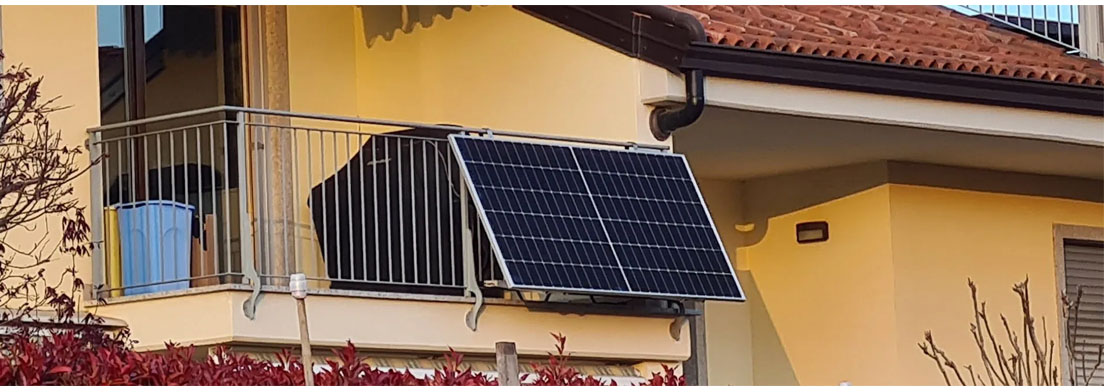
Technical Insights: System Components & Grid Impact
Core Components
Solar Panels – 1-5 panels, 400-2000W, with flexible options for complex installations.
Micro-Inverters – Supports dynamic power control (e.g., 3.5A current limitation) for grid compliance.
Mounting Structures – Designed for wind and snow loads, with 30% of German systems installed on flat ground (gardens, rooftops).
Plug Standards – Germany allows Schuko plugs, but VDE drafts propose additional safety measures.
Energy Generation & Grid Interaction
Performance Analysis (800W System, Optimal Tilt):
| Parameter | Spain (Madrid) | Germany (Berlin) |
| Annual Yield | 1200 kWh | 900 kWh |
| Self-Consumption Rate | 93% | 99% |
| Household Coverage | 10-20% (real-world) | 8-13% (real-world) |
Grid Impacts & Solutions:
Peak Grid Injection: 200W (Spain), 100W (Germany).
Mitigation Strategies: Smart inverters (anti-islanding, frequency response) and zero-injection devices.
Advantages & Challenges
Advantages: Driving Energy Democratization
Cost-Effective – Starting at €200 per module, with a 2-6 year payback period.
Portable – Can be relocated when moving homes.
Social Impact – Benefits 52.4% of renters in Germany, with subsidies for low-income households.
Challenges: Standardization & Regulation
Lack of Unified Standards – VDE 0126-95 draft proposes 960W DC limits, creating legal uncertainties.
Grid Management Issues – 4 million unregistered systems in Germany pose monitoring challenges.
Installation Regulations – Varying electrician requirements and weather resistance standards across Europe.
Policy Outlook: EU & Member States
EU-Level Developments
Electricity Market Design Directive (2024/1711) – Encourages sub-800W plug-in solar adoption.
RfG Regulations – Mandate compliance for >800W systems.
National Policy Strategies
| Policy Tool | Country Examples |
|---|---|
| Incentives | Germany (local subsidies), Lithuania (€204 per 0.8kW) |
| Administrative Simplifications | Germany (online registration), Lithuania (permit-free installations) |
| Technical Mandates | Spain (zero-injection devices), France (self-consumption agreements) |
Future Trends
Standardization Progress – Germany’s VDE framework may set a precedent for the EU.
Storage Integration – Growth in 1-5kWh storage demand.
Regulatory Streamlining – EU-wide efforts to simplify installation procedures.
Conclusion
The future of plug-and-play solar depends on overcoming standardization, regulatory, and grid challenges. If these hurdles are addressed, this technology could become a key tool in Europe's carbon-neutral transition, enabling millions of households to participate in the clean energy revolution.
